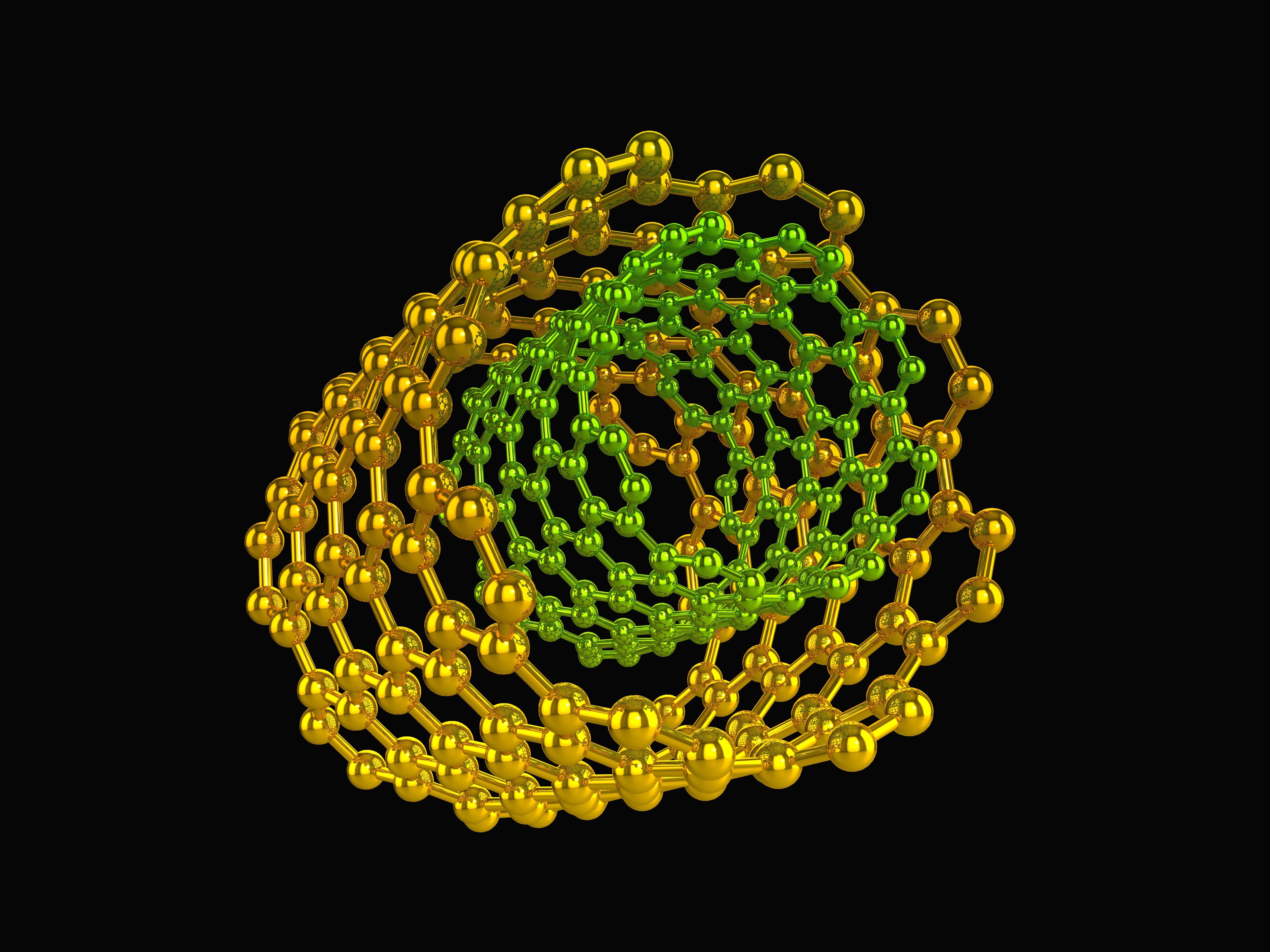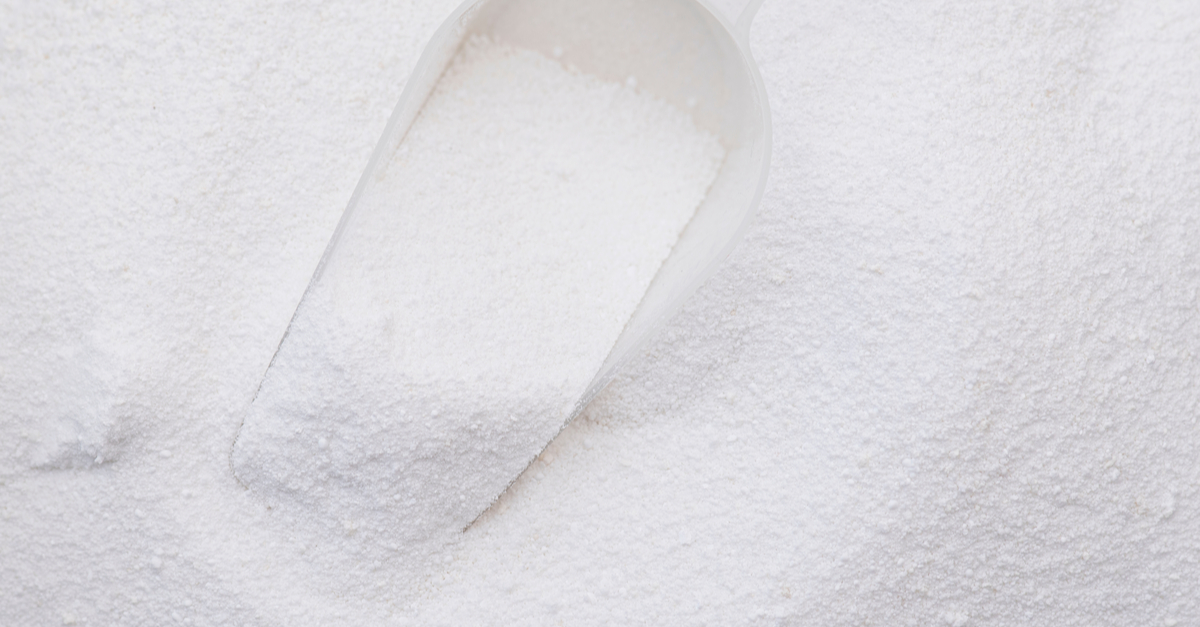
Nanotechnology is currently employed across a wide range of industrial, research, and academic applications. Stringent cleaning protocols are essential to the successful fabrication of nanotechnology particles, structures, and systems. Additionally, environmental health and safety (EHS) concerns have resulted in the development of a new sensitivity to the protection of researchers and workers. Aqueous cleaners have played a significant role in many nanotechnology fabrication processes, with different chemistry designed for different methods and materials. Matching the correct aqueous cleaner to the preferred method yields appropriate results in terms of both fabrication quality and EHS guideline compliance.
A large part of successful cleaning relies on having a sound, reproducible procedure. In general, a good SOP should present a list of materials and people involved, the surface being cleaned should be identified, and the eight key variables for cleaning effectiveness should be defined:
1) precleaning handling
2) cleaning chemistry/concentration
3) time
4) temperature
5) type of agitation
6) rinsing conditions
7) drying conditions
8) postcleaning handling
Where cleaning solutions are re-used in baths or sumps, the control parameters and equipment used should be defined (such as conductivity or pH) the limits should be defined, the person responsible for monitoring the baths should be defined, the type of report or logbook entry should be defined, the trigger points and alert levels should be defined, actions taken in response to these levels and finally the conditions under which the bath is dumped should be defined.
The following is an example of a standard operating procedure (SOP) for cleaning a glass substrate: To clean glass substrates: Make a 1% solution of Alconox detergent (10 g/L) in hot (50 deg C) deionized water in an ultrasonic tank. Remove glass from supplier packaging. Place the glass in a rack and immerse for 5 minutes. Rinse for 1 minute under running deionized water making sure to contact all parts of the glass for at least 10 seconds. Dry for 2 hours in a drying oven with HEPA air filtration. Allow cooling to ambient temperature for 20 minutes in a clean bench before use.



